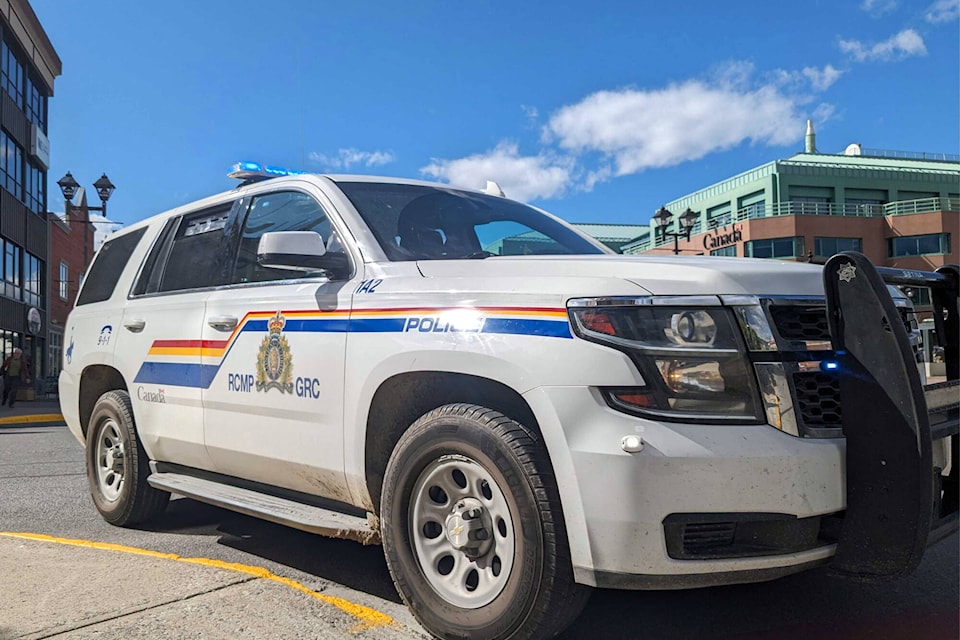More details have emerged about the RCMP’s race-based data collection pilot initiative, which launched on Jan. 8 in Whitehorse, Wood Buffalo, Alta., and Thompson, Man.
According to an email from the RCMP’s Sgt. Kim Chamberland, who is the media relations officer for the force’s national headquarters, the trial areas were selected based on a range of factors, “including racial diversity, provincial and local anti-racism initiatives, the potential for race-based data collection to improve community safety, and community-police relationships.”
The pilot project will be expanded to two new sites, one in British Columbia and another in Nova Scotia, in the spring.
Chamberland noted in her email that RCMP officers will not be asking members of the public about their race. Instead, information on race will be recorded based on “officer perception of race and Indigenous identity.”
“The RCMP serves diverse First Nations, Métis and Inuit communities, so it is also important for the RCMP to capture distinct Indigenous identities. Perceived Indigenous identities will be collected based on what officers may know about the individual at the time of the interaction,” reads Chamberland’s email to the News.
RCMP officers have five categories of Indigenous identities for recording purposes: First Nations, Métis, Inuit, ‘unknown Indigenous identity’ and ‘no perceived Indigenous identity.”
“When we engaged with Indigenous organizations and communities, they communicated the importance of taking a distinction-based approach. We know that Indigenous communities are diverse, and there is an interest in understanding if there are disparities for specific Indigenous groups as well,” Mai Phan, the RCMP’s acting director of the RCMP anti-racism unit, said during a media availability on Jan. 23.
Phan noted that officers who’ll be collecting race data in the pilot areas received training and that officers and communities were consulted before the pilot program’s rollout.
“We have also engaged in all of the pilot sites with members to hear their concerns and questions around this collection. We also explain the value and the validity of perception data for understanding implicit biases, unconscious biases and decision making, and how this data will help us to improve our policies, our procedures and our training,” Phan said.
Race data will be used to analyze the outcomes of wellness checks, arrests and instances when force is used.
The RCMP race-based data collection initiative marks the first time the police force has attempted a national approach to race-based data collection. According to Chamberland, the RCMP has taken lessons from jurisdictions in Canada and abroad that already collect race-based data.
Following the pilot stage, the initiative will be tweaked, if necessary, before a nationwide rollout.
“The national rollout will be informed by lessons learned and best practices identified in the pilot phase. Determining this will take time as we consult with our stakeholders and prepare every detachment,” Chamberland’s email reads.
The pilot project will conclude on Jan. 8, 2025. Following the conclusion of the initiative’s pilot phase, the RCMP will publicly report its findings.
“The end goal is to have some concrete initiatives and solutions to improving our policies, our training, and like I said, you know, our procedures, if that is where the findings are pointing us to. We intend to, at the end of the day, to publicly report the findings, as well as commitments to change,” Phan said.
Contact Matthew Bossons at matthew.bossons@yukon-news.com
